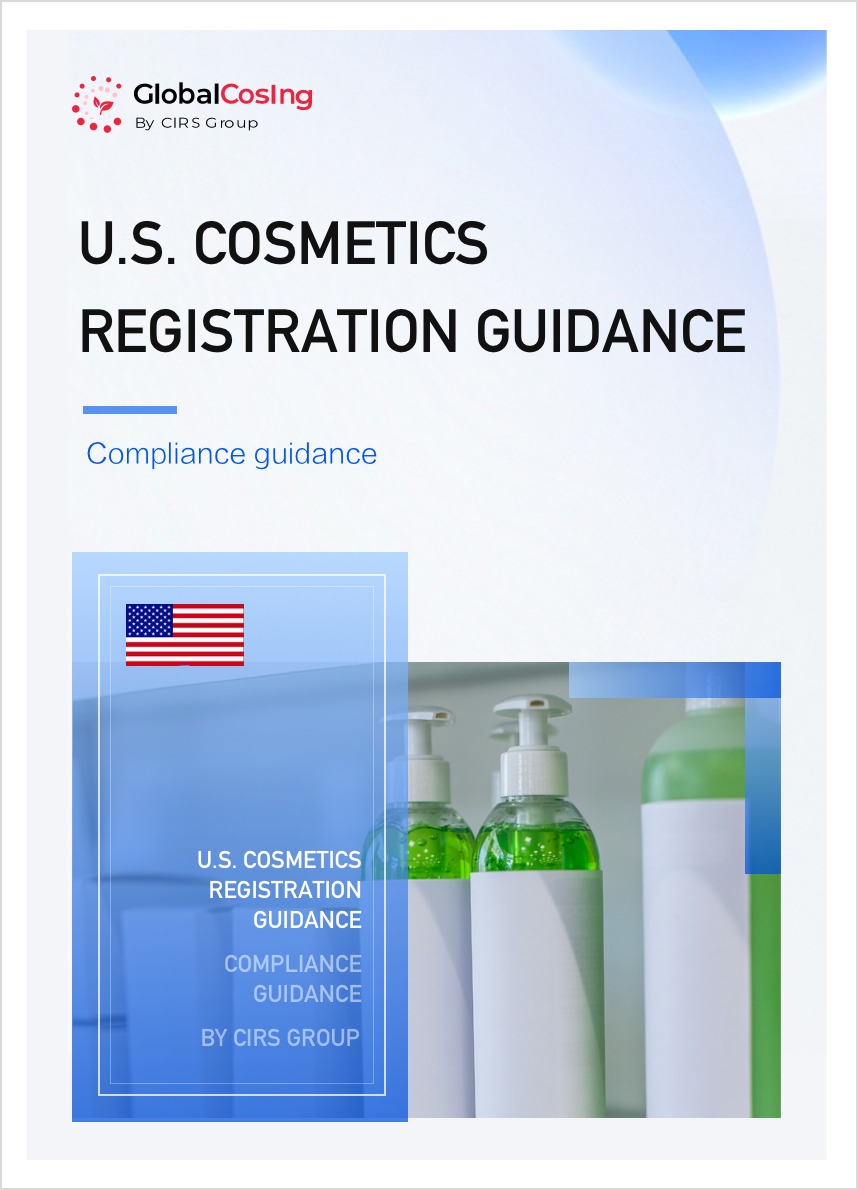1. Background Introduction
On December 29, 2022, U.S. President Joe Biden officially signed the Modernization of Cosmetics Regulation Act of 2022 (MoCRA), marking the most significant amendment to the Federal Food, Drug, and Cosmetic Act (FD&C Act) since 1938. The implementation of MoCRA signifies the modernization of the U.S. cosmetic regulatory framework, strengthening cosmetic product safety requirements and granting the U.S. Food and Drug Administration (FDA) enhanced regulatory authority.
Under MoCRA, cosmetic companies are required to register their facilities and list their products with the FDA, while ensuring product safety and compliance with Good Manufacturing Practices (GMP). In addition, companies must provide ingredient information, establish adverse event reporting systems, and adhere to more stringent labeling and marketing claim requirements. These new regulations aim to increase transparency in the cosmetics industry, enhance consumer confidence, and promote the industry's advancement toward higher standards.
This guidance document is intended to assist cosmetic companies in fully understanding and strictly complying with the regulatory requirements of MoCRA. It aims to ensure the legality and safety of products in the U.S. market, reduce compliance risks, enhance competitiveness in the international market, and promote sustainable industry development.

